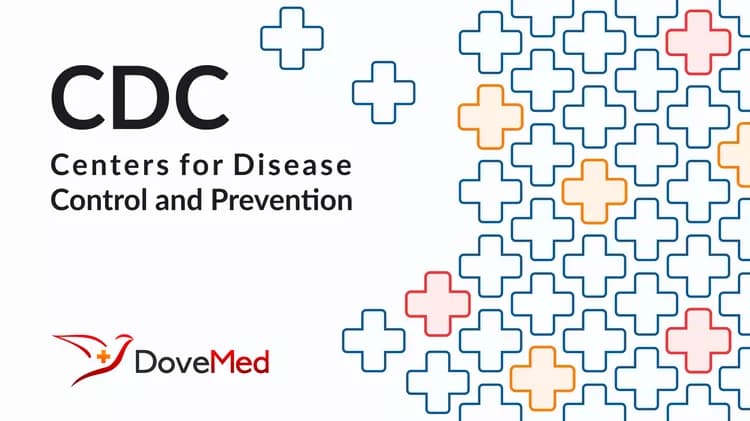
Smoking Rates For Uninsured And Adults On Medicaid More Than Twice Those For Adults With Private Health Insurance
Smoking rates for uninsured and adults on Medicaid more than twice those for adults with private health insurance
Overall adult smoking rate hits new low of 16.8 percent
pdf icon
[PDF - 400 KB]
American adults who are uninsured or on Medicaid smoke at rates more than double those for adults with private health insurance or Medicare, according to a study published by the Centers for Disease Control and Prevention in today’s Morbidity and Mortality Weekly Report (MMWR).
Data from the 2014 National Health Interview Survey (NHIS) show that 27.9 percent of uninsured adults and 29.1 percent of Medicaid recipients currently smoke. By contrast, 12.9 percent of adults with private insurance and 12.5 percent of those on Medicare currently smoke.
“Smoking kills half a million Americans each year and costs more than $300 billion,” said CDC Director Tom Frieden, M.D., M.P.H. “This report shows real progress helping American smokers quit and that more progress is possible.”
The study reported that the prevalence of cigarette smoking among U.S. adults declined from 20.9 percent to 16.8 percent from 2005 to 2014, including a full percentage-point decline between 2013 and 2014 alone. The considerable drop in the overall adult smoking rate over time shows marked progress toward achieving the Healthy People 2020 goal of reducing the cigarette smoking rate to 12 percent or lower. Another major finding was that the average number of cigarettes smoked per day among daily smokers declined from 16.7 in 2005 to 13.8 in 2014 — driven by declines in the proportion of daily smokers who smoked 20 or more cigarettes per day.
At-risk populations
The study found other differences in smoking rates consistent with previous studies. In 2014, prevalence of cigarette smoking was higher among these groups:
Males (18.8 percent vs. 14.8 percent for females)
Adults ages 25-44 years (20.0 percent)
Multiracial (27.9 percent) or American Indian/Alaska Natives (29.2 percent)
People with a General Education Development certificate (43.0 percent)
People who live below the federal poverty level (26.3 percent)
People who live in the Midwest (20.7 percent)
People who have a disability/limitation (21.9 percent)
People who are lesbian, gay, or bisexual (23.9 percent)
“These findings underscore the importance of ensuring that proven strategies to prevent and reduce tobacco use reach the entire population, particularly vulnerable groups,”said Brian King, Ph.D., deputy director for research translation, CDC Office on Smoking and Health. “Comprehensive smoke-free laws, higher prices for tobacco products, high-impact mass media campaigns, and barrier-free access to quitting help are all important. They work to reduce the enormous health and financial burden of tobacco use and secondhand smoke exposure among Americans.”
Changes in the U.S. health-care system continue to offer opportunities to improve the use of clinical preventive services among adults. The Patient Protection and Affordable Care Act of 2010 is increasing the number of Americans with health insurance and is expected to improve tobacco cessation coverage.
Currently, neither private insurers nor state Medicaid programs consistently provide comprehensive coverage of evidence-based cessation treatments. In 2015, although all 50 state Medicaid programs covered some tobacco cessation treatments for some Medicaid enrollees, only nine states covered individual and group counseling and all seven FDA-approved cessation medications for all Medicaid enrollees. Cessation coverage is used most when smokers and health-care providers know which cessation treatments are covered.
For more information about cigarette smoking and tools to quit, visit www.cdc.gov/tobacco.
###
U.S. DEPARTMENT OF HEALTH AND HUMAN SERVICES
external icon
Related Articles
Test Your Knowledge
Asked by users
Related Centers
Related Specialties
Related Physicians
Related Procedures
Related Resources
Join DoveHubs
and connect with fellow professionals

0 Comments
Please log in to post a comment.